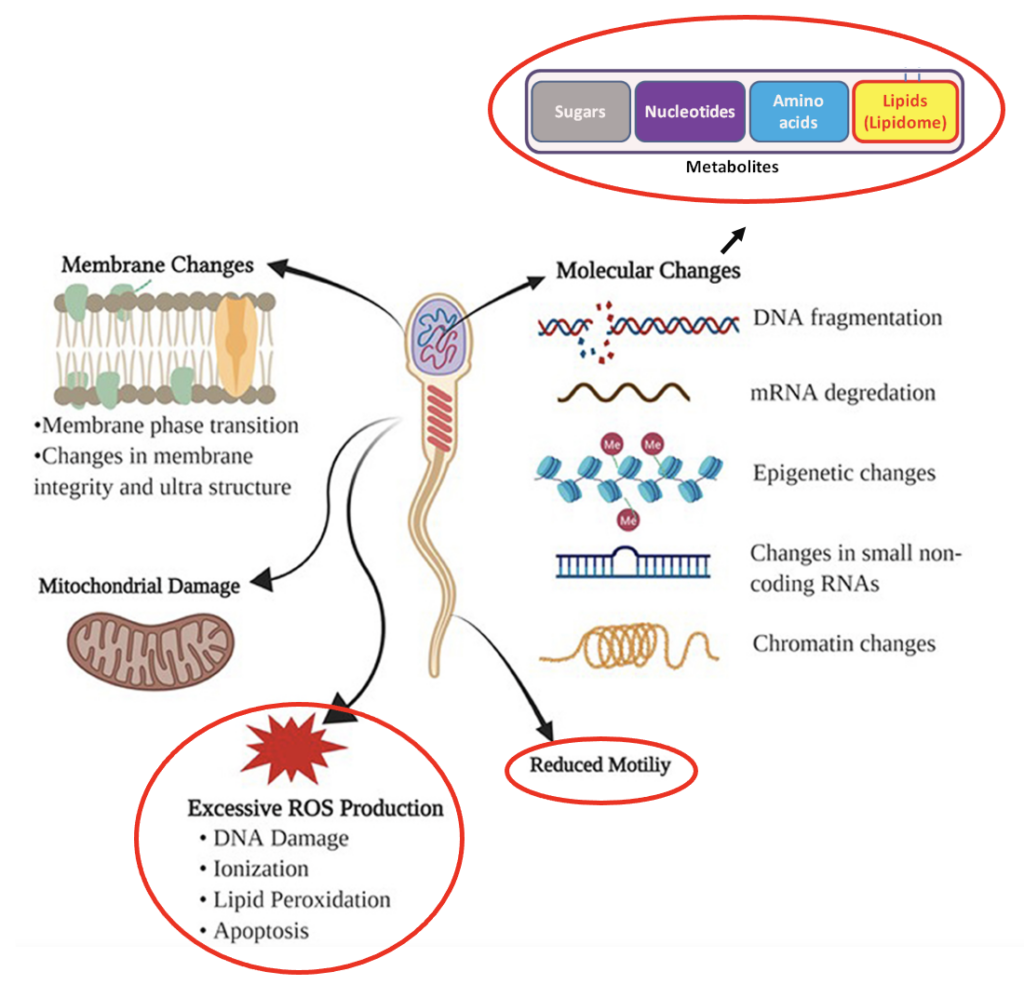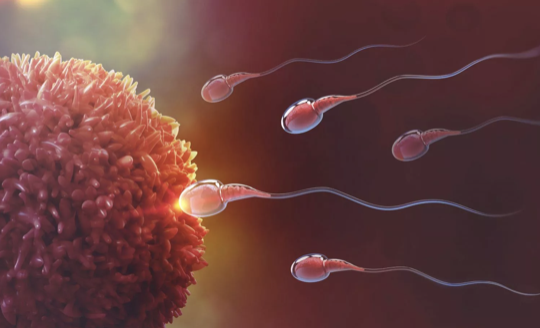A bit of background:
The problem: Within the last 6000 years we have been able to domesticate and selectively breed cattle, to our own benefits. However, in recent years, there has been an unexplained surge of infertility in cattle, which is thought to originate from a multitude of factors. These factors are mostly studied in males (bulls) and range from intrinsic, physiological aspects of spermatozoa to the molecular components of their milieu: seminal plasma.
The solution: In order to counteract infertility in cattle, farmers have been recurring to the use of artificial insemination, a process that requires freezing and thawing of semen.
Its limits: Freezing and thawing of samples (also known as cryopreservation) causes damage to spermatozoa cells and degrades the overall quality of semen. The extent of these damages on both spermatozoa and seminal plasma (their milieu) remains undertermined.

In my study I decided to focus on three main types of damages which induce changes in: 1)motility, 2)oxidative stress levels and 3)metabolite/seminal plasma composition.
The aim was to evaluate the relationship between seminal plasma composition, oxidative status and quality of bull semen after cryopreservation.
Yes, there are a lot of big words, but hang in there, hopefully it will become clearer in the following sections !
